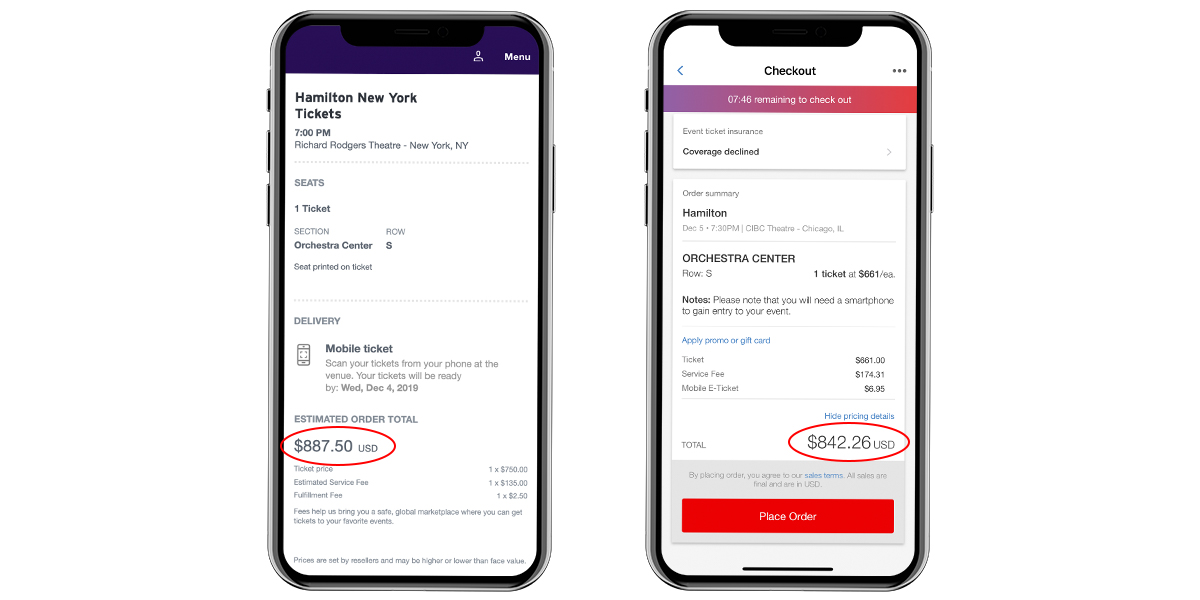

Finance
Present Situation Index Definition
Published: January 10, 2024
The Present Situation Index in finance refers to an indicator that measures the current economic conditions, serving as a valuable tool for assessing the financial landscape.
(Many of the links in this article redirect to a specific reviewed product. Your purchase of these products through affiliate links helps to generate commission for LiveWell, at no extra cost. Learn more)
The Significance of the Present Situation Index in Finance
Finance is a vast field with various indicators and metrics used to assess the current economic landscape. One such important metric is the Present Situation Index (PSI). In this blog post, we will dive into the definition, significance, and application of the PSI in the finance world.
Key Takeaways:
- The Present Situation Index (PSI) is a metric used in finance to evaluate the current economic conditions.
- It considers factors such as employment rates, consumer confidence, and prevailing market trends.
But what exactly is the PSI and why is it so crucial in the world of finance? Let’s discover the answers.
Defining the Present Situation Index (PSI)
The Present Situation Index is an economic indicator that measures the perception of consumers or businesses regarding their current financial situation. It takes into account various factors such as employment rates, consumer sentiment, income levels, business activity, and prevailing market trends. Through this comprehensive assessment, the PSI provides valuable insights into the current economic state.
The PSI is often used in conjunction with other economic indicators to gain a holistic understanding of the financial landscape. It enables analysts and investors to make informed decisions based on the prevailing conditions, evaluating the potential risks and opportunities.
The Significance of the Present Situation Index
The PSI holds immense significance in the finance world due to its ability to provide real-time data on the state of the economy. Here’s why it is highly valued:
- Timely Insights: The PSI offers a snapshot of the present economic conditions, allowing businesses, investors, and policymakers to gauge the immediate financial climate. This information serves as a foundation for informed decision-making.
- Market Predictability: By tracking the PSI over time, analysts can identify trends and patterns within the economy. This enables them to predict market behavior, anticipate changes, and make strategic investments accordingly.
Moreover, the PSI aids in identifying potential risks or vulnerabilities in the economy. By monitoring this indicator, stakeholders can proactively prepare for any challenges that may arise, therefore minimizing the impact on businesses and the overall financial well-being.
In conclusion, the Present Situation Index plays a pivotal role in the finance world by providing essential insights into the current economic conditions. It empowers decision-makers with the knowledge they need to navigate the financial landscape efficiently. By understanding the definition and significance of the PSI, analysts and investors can make informed choices that align with the prevailing economic circumstances.














